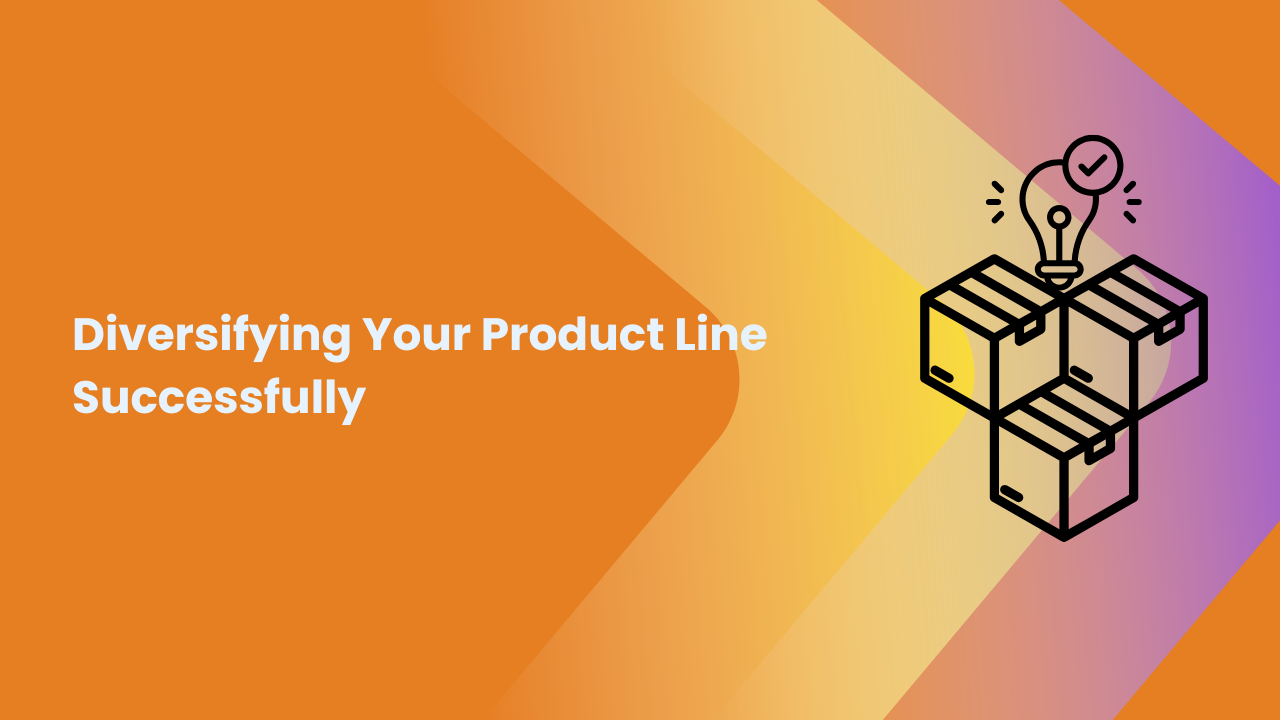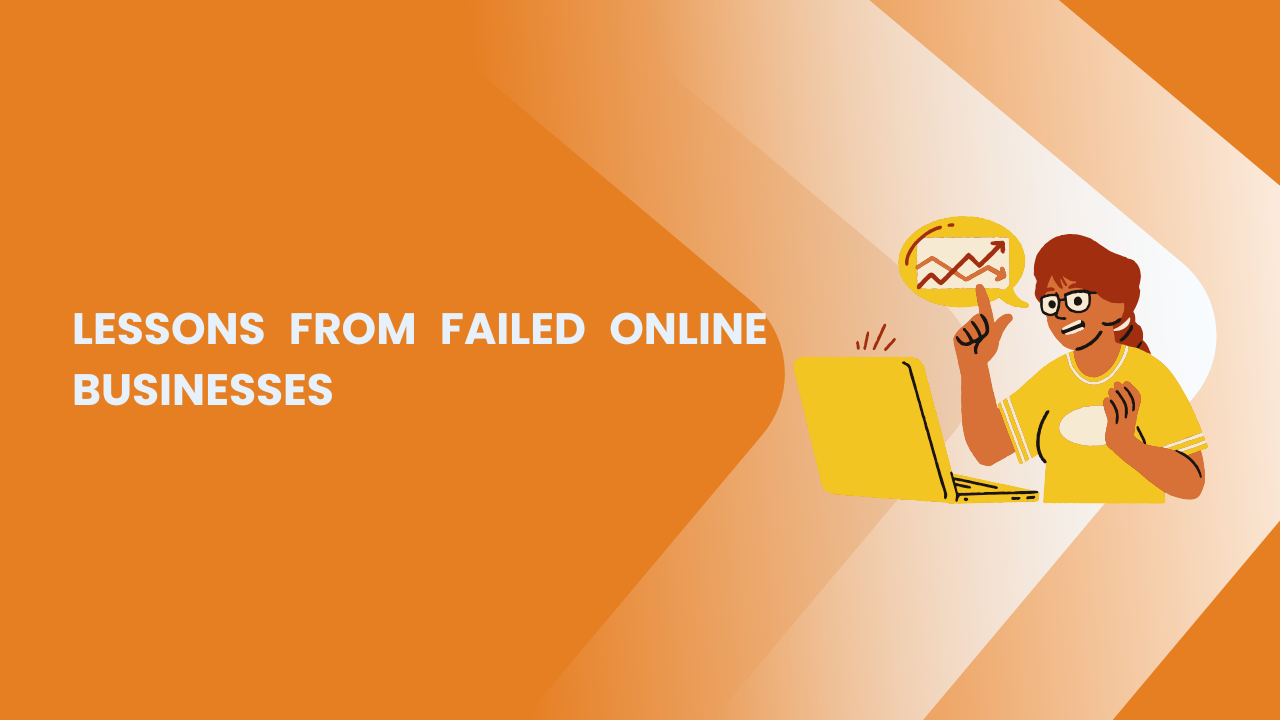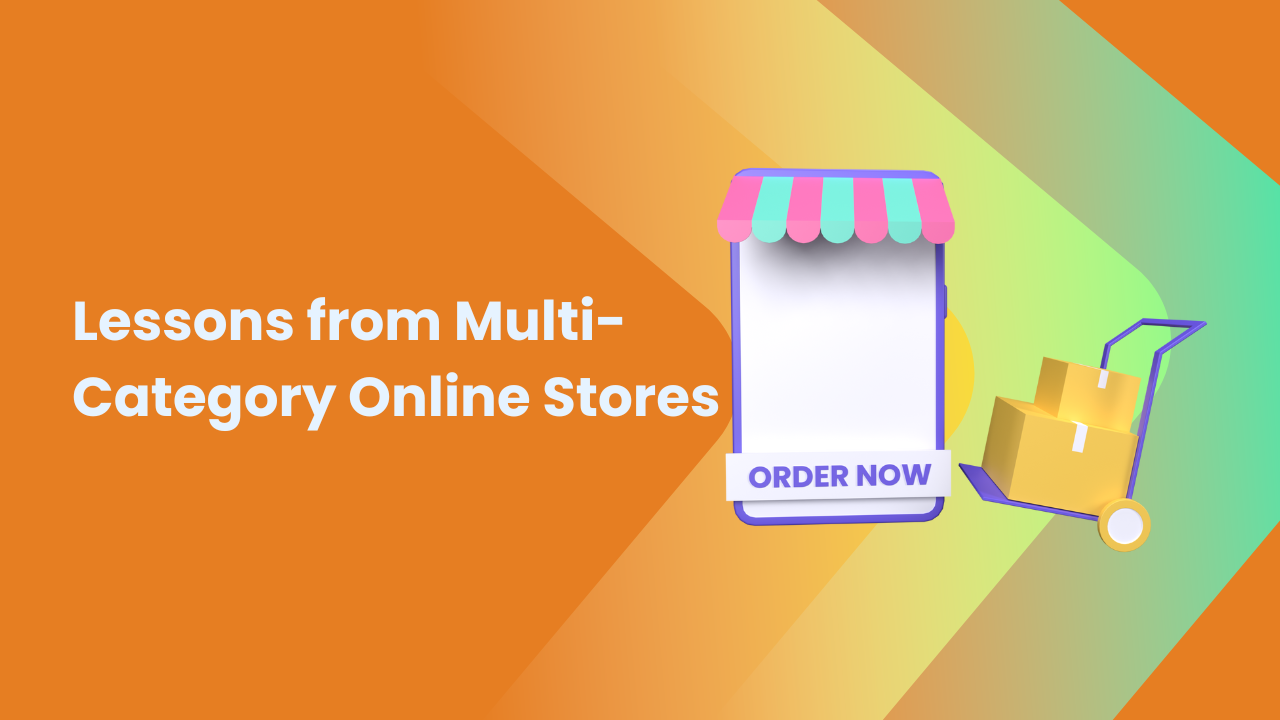Share this Article
In the rapidly expanding e-commerce landscape of Nepal, staying ahead of the competition is vital for your online store’s success. With the increase in internet penetration, a growing number of consumers are shifting towards online shopping. This creates significant opportunities for e-commerce businesses, but also intensifies competition. Therefore, understanding how to effectively monitor e-commerce metrics is key to ensuring that your business stands out in this competitive environment.
By focusing on key performance indicators (KPIs) and regularly monitoring them, you can gain valuable insights into your store’s performance, customer behavior, and marketing efforts. This enables you to make informed decisions that enhance customer experience, optimize marketing campaigns, and improve overall profitability. In this article, we will explore how you can monitor your e-commerce metrics effectively, specifically in the context of Nepal, to stay ahead of your competitors.
The Importance of Monitoring E-Commerce Metrics
Metrics are fundamental to any successful e-commerce business. Without them, it would be impossible to understand how well your business is performing or to identify areas that need improvement. Monitoring the right metrics allows you to make informed decisions about your store’s strategy, from marketing efforts to customer service.
- Informed Decision-Making: Regularly tracking key metrics means you can make data-driven decisions instead of relying on guesswork. This ensures that your business moves in the right direction, especially when facing challenges in a competitive market like Nepal.
- Optimized Customer Experience: Metrics provide insights into the customer journey, allowing you to improve areas such as navigation, checkout processes, and product offerings, thereby enhancing the customer experience.
- Effective Marketing: Metrics like website traffic and return on investment (ROI) help evaluate the performance of your marketing campaigns. By adjusting strategies based on these metrics, you can ensure your campaigns are more effective and deliver higher returns.
- Growth and Scalability: Monitoring metrics is crucial for identifying areas for growth. Whether it’s scaling up traffic or improving customer retention, the right metrics provide the insights you need to grow your business.
By regularly tracking and analyzing key metrics, you can spot trends, adapt to market changes, and ensure your business stays competitive.
Essential E-Commerce Metrics to Track
Every e-commerce business should be monitoring a few key metrics to measure performance. In Nepal’s evolving market, understanding and tracking these metrics will provide you with the data you need to refine your business strategies. Below are some of the most crucial metrics for online stores:
1. Website Traffic
Website traffic is one of the most basic and fundamental metrics for any online business. It tells you how many visitors are coming to your website, which is important for understanding how effective your marketing efforts are. In Nepal, where digital literacy is rising, driving traffic to your online store is crucial, but it’s equally important to convert that traffic into paying customers.
- Why It Matters: High website traffic means that your marketing efforts are working to some extent. It reflects the reach and visibility of your store. However, traffic alone doesn’t guarantee sales, so it’s important to also track metrics like conversion rates.
- How to Monitor: Use tools like Google Analytics to track website visitors. It can show you the number of visitors, where they are coming from (organic search, paid ads, social media), and how they are interacting with your site.
2. Conversion Rate
The conversion rate is one of the most important KPIs, as it measures the percentage of visitors who complete a desired action, such as making a purchase. In Nepal, where trust in online shopping is still growing, your conversion rate is an indicator of how well your store is attracting and converting customers.
- Why It Matters: A high conversion rate means that your store’s design, user experience, and product offerings are effective. If conversion rates are low, it could signal issues with the website layout, product pages, or payment methods.
- How to Monitor: You can calculate your conversion rate by dividing the number of purchases by the number of visitors to your site and multiplying by 100. For example, if 1000 visitors come to your store and 50 make a purchase, your conversion rate is 5%.
3. Average Order Value (AOV)
Average Order Value (AOV) is another crucial metric, as it tells you how much a customer spends on average during a purchase. Increasing AOV is an effective way to boost your sales without needing to attract additional traffic. In Nepal, where price sensitivity can be high, it’s important to strategize ways to increase AOV.
- Why It Matters: A higher AOV means you are maximizing revenue from each customer. Even if traffic remains the same, an increase in AOV can significantly boost your revenue.
- How to Monitor: To calculate AOV, divide your total revenue by the total number of orders. If you make NPR 100,000 in revenue from 200 orders, your AOV would be NPR 500.
4. Cart Abandonment Rate
Cart abandonment occurs when a customer adds items to their shopping cart but leaves the website before completing the purchase. This is a common issue for e-commerce stores, particularly in Nepal, where concerns about payment security and delivery times can prevent customers from finalizing their orders.
- Why It Matters: High cart abandonment rates suggest that there might be friction in your checkout process, or the customer may not trust your website. Reducing cart abandonment can significantly increase your sales without needing more traffic.
- How to Monitor: Track the number of completed transactions versus abandoned carts. E-commerce platforms like Shopify and WooCommerce offer built-in analytics to help monitor cart abandonment.
5. Customer Acquisition Cost (CAC)
Customer Acquisition Cost (CAC) measures how much it costs to acquire a new customer, including all marketing and advertising expenses. In a developing market like Nepal, where advertising costs can fluctuate, monitoring CAC is essential to assess the effectiveness of your marketing efforts.
- Why It Matters: If your CAC is too high, it means you’re spending too much on attracting new customers, which could reduce your profitability. Reducing CAC ensures that you’re getting a good return on your marketing investment.
- How to Monitor: Calculate CAC by dividing your total marketing spend by the number of new customers acquired. For example, if you spent NPR 50,000 on marketing and acquired 500 customers, your CAC would be NPR 100.
6. Customer Lifetime Value (CLV)
Customer Lifetime Value (CLV) is the total revenue a customer is expected to generate throughout their relationship with your business. In Nepal, where customer loyalty can play a significant role in long-term success, CLV is a crucial metric for understanding how much each customer is worth to your business.
- Why It Matters: A higher CLV means that your customers are more likely to make repeat purchases, which is valuable for the long-term sustainability of your business. Improving CLV is often more cost-effective than acquiring new customers.
- How to Monitor: Calculate CLV by multiplying the average purchase value, purchase frequency, and customer lifespan. Tracking repeat purchase rates helps you estimate your CLV.
7. Return on Investment (ROI)
Return on Investment (ROI) measures how much profit your business earns relative to the amount of money you invest. It’s essential to track ROI to evaluate the effectiveness of your marketing campaigns and other investments.
- Why It Matters: A high ROI means that your marketing and other investments are generating significant returns. In contrast, a low ROI may indicate that your strategies are not effective or that you need to optimize your spending.
- How to Monitor: Calculate ROI by subtracting your total investment from the total revenue it generates, dividing that by your investment cost, and multiplying by 100. Regularly monitoring ROI helps ensure that your marketing strategies are cost-effective.
8. Customer Retention Rate
Customer retention is a key metric that measures the percentage of customers who return to make additional purchases. In Nepal’s e-commerce market, where trust is still being built, focusing on customer retention is more cost-effective than constantly acquiring new customers.
- Why It Matters: A high retention rate indicates that your customers are happy with your products and services, which can help build brand loyalty. Retained customers are also more likely to recommend your store to others, contributing to organic growth.
- How to Monitor: Track the percentage of customers who make repeat purchases over a defined period. Tools like CRM software and e-commerce platforms like Shopify can help track this metric.
Tools for Monitoring E-Commerce Metrics
To monitor the above metrics effectively, you need to use the right tools. Fortunately, there are several analytics and reporting platforms that can help you track and analyze your e-commerce performance:
- Google Analytics: Google Analytics is a powerful free tool that allows you to track website traffic, user behavior, conversion rates, and more.
- Shopify Analytics: For businesses using Shopify, the platform offers built-in reporting tools that track sales, traffic, and other vital metrics.
- Facebook Ads Manager: If you are running paid social media ads, Facebook Ads Manager provides detailed reports on ad performance, ROI, and customer acquisition.
- Google Ads: Google Ads provides data on the performance of paid search campaigns and their ROI, helping you optimize ad spend.
- CRM Software: Customer relationship management (CRM) software can help you track customer interactions, repeat purchases, and retention rates.
Strategies for Staying Ahead of the Competition
Once you’ve established a system for tracking and monitoring your e-commerce metrics, it’s important to implement strategies based on the data. Here are some tips for staying ahead of your competition:
- Optimize the Customer Journey: Use metrics like conversion rates and cart abandonment to identify friction points in the customer journey. Optimizing the checkout process, improving product descriptions, and offering better payment options can help boost conversions.
- Improve Marketing ROI: By analyzing metrics like CAC and ROI, you can optimize your marketing efforts. Focus on the most effective channels and improve your targeting to get more value from your ad spend.
- Increase Customer Retention: Track CLV and retention rates to identify opportunities for customer loyalty programs, personalized offers, and better customer service. Retaining customers is more cost-effective than acquiring new ones, so it’s important to invest in loyalty-building strategies.
- Adjust Strategies Based on Data: Use your metrics to refine your strategies continuously. Whether it’s adjusting pricing, improving product offerings, or testing new marketing approaches, data-driven adjustments can help you stay competitive in Nepal’s e-commerce market.
Conclusion
In the competitive e-commerce landscape of Nepal, monitoring the right metrics is essential for staying ahead of the competition. By focusing on key performance indicators like website traffic, conversion rates, AOV, cart abandonment, CAC, CLV, and ROI, you can gain valuable insights into your store’s performance and customer behavior. Regularly tracking and analyzing these metrics helps you make data-driven decisions, optimize your business strategies, and ultimately grow your e-commerce business. With the right tools and strategies in place, you’ll be well-equipped to succeed in the dynamic e-commerce market of Nepal.
Categories:
E-commerce Tips & Tutorials
Tags:
EcommerceKPIsNepal







